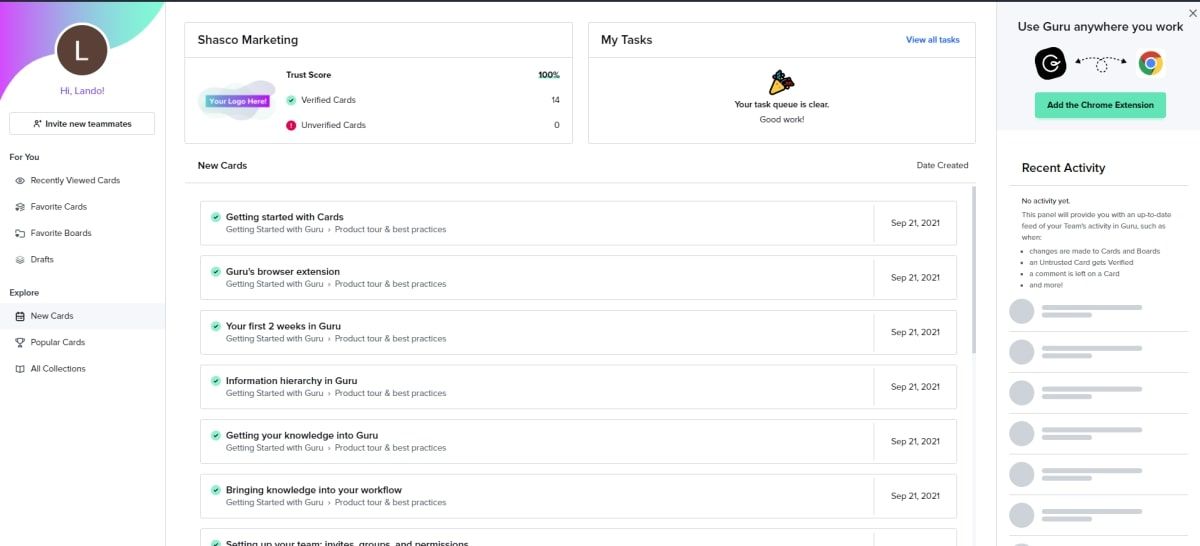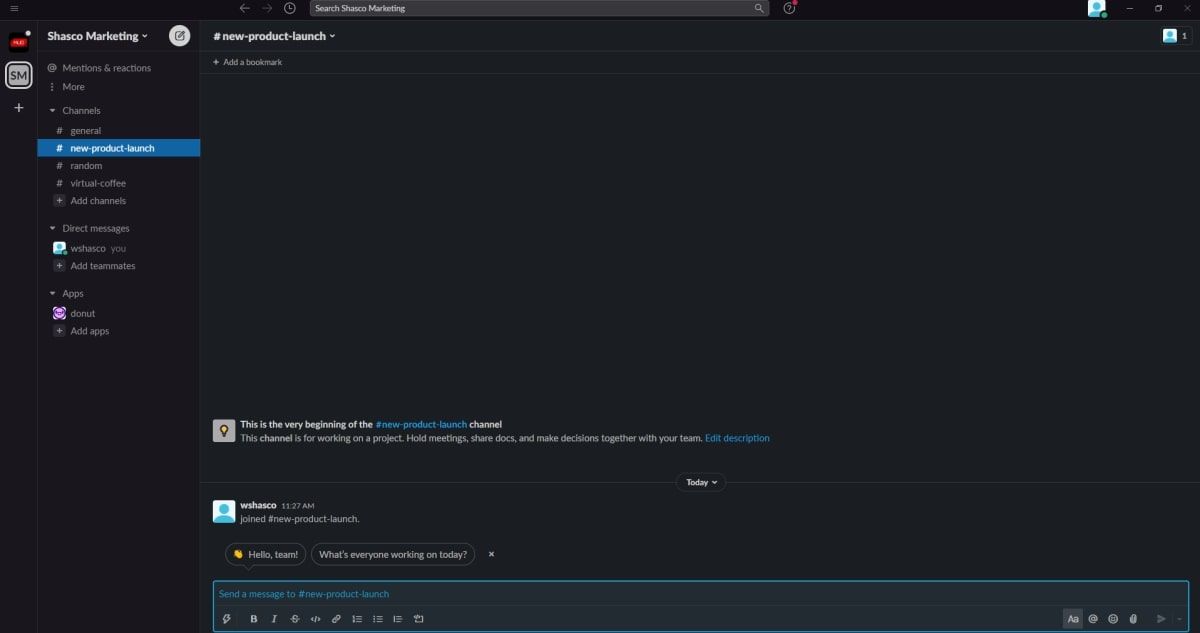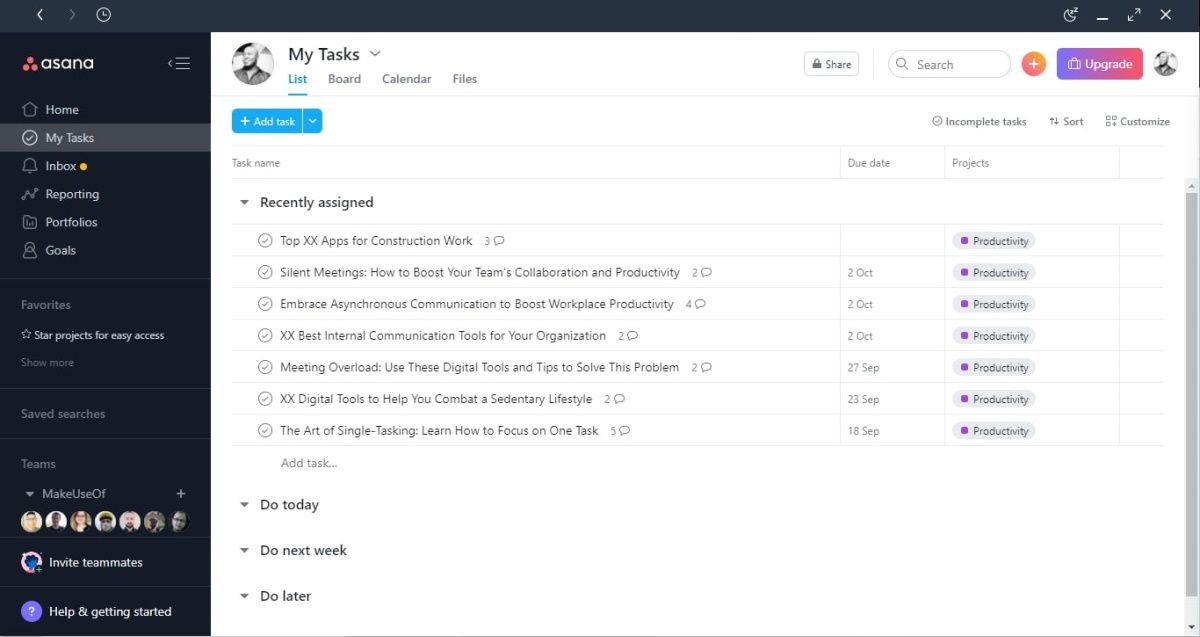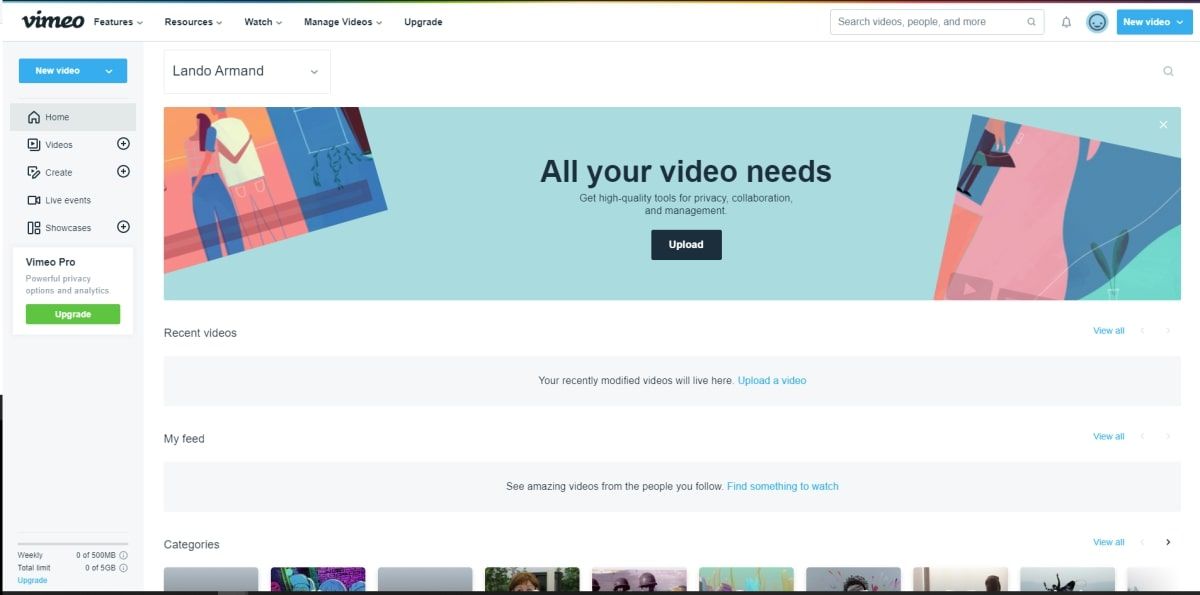Having your workplace communicate in synchronicity, where team members need to collaborate in real-time, both physically or virtually, might seem like the most convenient option.
However, constant messaging and increasing expectations of immediate responses create numerous opportunities for interruptions. Getting back to the original task after a dozen distractions significantly reduces productivity.
In this article, we'll explore how you can leverage asynchronous communication for a more productive workplace.
The Downsides of Synchronous Communication
Synchronous communication occurs when two or more people converse at the same time (with the expectation of immediate responses), for example, in-person meetings, video chats, phone calls, real-time conversations via communication platforms like Slack, etc.
By default, this type of communication prioritizes promptness over thorough responses. And many workplaces associate instant replies with productive collaboration. However, this might not be the most effective way to communicate unless you are working on an urgent matter.
But that's not all. You will also have to deal with:
- The stress of finding overlapping hours for your remote teams working in different time zones to communicate in real-time.
- The loss of productivity due to constant interruptions, with employees being expected to abandon their tasks to respond to messages immediately.
- An increased likelihood of context switching and a more profound loss in productivity.
- The influx of notifications leading to more workplace interruptions that could make you lose up to 6 hours a day.
Fortunately, you can make use of asynchronous communication to improve your productivity.
What Is Asynchronous Communication?
In contrast to synchronous communication, asynchronous communication occurs when conversations do not happen in real-time; there is no pressure or expectation for an instant response.
With this type of communication, the recipient can assess information and provide a more thorough response. Think of comments in an internal wiki or emails. So, why should you consider asynchronous communication?
- Asynchronous communication allows you to enter a state of flow to produce your best work, since it cuts down the number of interactions.
- It sets an environment that promotes inclusive and productive conversations. For example, it helps prevent team members who are more gifted public speakers from overshadowing their introverted colleagues during real-time brainstorming sessions. You can further boost your team's collaboration with silent meetings.
- Asynchronous communication is more accommodating in organizations adopting hybrid or fully remote work models. It removes the hassle of finding overlapping hours for team members in different time zones to have meetings.
- There's less stress with asynchronous communication due to lower expectations to respond to messages instantly or be online all the time.
- Since asynchronous communication mainly occurs in writing, it provides better records that you can use for future reference.
When to Use Asynchronous Communication Over Synchronous Communication
Now, it is worth mentioning that synchronous communication is not inherently bad. There will be instances when you need it, such as conflict resolutions, meetings that require a lot of deliberation, or when you need to discuss sensitive information.
Both types of communication have their upsides and challenges. However, here are some instances when asynchronous communication easily takes the lead, and can make you much more productive:
- Weekly team updates
- Project status report
- Project reviews
- Non-urgent announcements
- To provide context before real-time meetings
- When collaborating with colleagues in different time zones, etc.
How to Utilize Asynchronous Communication
It is important to note that favoring asynchronous communication does not mean giving people the leeway to take too long to respond. So, to make it work, you will need to set proper expectations on when to receive feedback, for example, within 24 hours.
Secondly, since asynchronous communication heavily relies on written text, your message needs to be concise such that you won't need continual follow-up.
Lastly, because you can use most digital tools synchronously and asynchronously, leveraging the latter comes down to hitting the escape button on expectations for instant replies, except for urgent discussions.
That said, here are some tools to help you leverage asynchronous communication:
1. Internal Wiki
Your company's internal wiki is a digital space that your teams can use to share, find, and store important information. Setting up an internal wiki helps you build a knowledge base that your teams can quickly access whenever there's an update or when they have a question, rather than filling up their calendars with real-time meetings.
You can use an internal wiki software like Guru for a hassle-free experience. This user-friendly tool supports integration with other software, making it easy to import existing content, or create and edit new content like your company's mission, passwords, and educational resources into your internal wiki.
Download: Guru for Android | iOS (Free, premium version available)
2. Workplace Communication Tools
Although many people typically use workplace internal communication tools like Slack for instant messaging, you can also use them for asynchronous communication.
You can customize your Slack notifications and set a time block, for example, during your lunch break, to read and respond to non-urgent messages so that you can focus better during your productive hours of the day.
To organize your conversations and for better documentation, you can also create Slack channels for specific projects or topics, such as announcements.
Download: Slack for Android | iOS (Free, premium version available)
3. Project Management Tools
Project management platforms like Asana allow you to create tasks, assign them to team members, set deadlines, and monitor progress.
They also provide you with a dedicated space to adopt asynchronous communication and boost collaboration. Just like an organization's internal wiki, you can use Asana to give feedback or leave comments for quick access and future reference.
Download: Asana for Android | iOS (Free, premium version available)
4. Video Tools
It might be more convenient and less time-consuming to record a video when you want to convey a lot of information to your teams than write a long piece of text.
Thankfully, you can use video tools like Vimeo to create, manage and share your videos about weekly team updates or how-tos to a central location like your internal wiki for better accessibility.
Download: Vimeo for Android | iOS (Free, premium version available)
Staying in Sync With Asynchronous Communication
Staying in sync with your team members and being productive is not necessarily about how many messages you send and reply to on a given day.
Instead, in a technologically advanced world with unending notifications and other distractions, prioritizing asynchronous communication can create a space for more thorough responses and collaboration.







